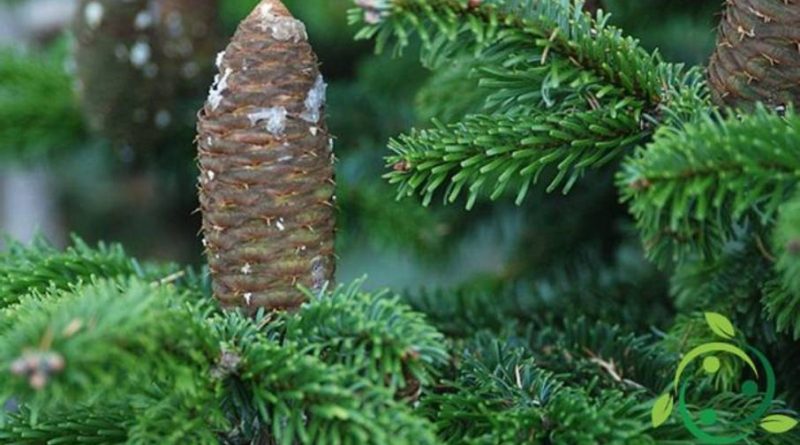Cultivation and properties of the white fir
Cultivation and properties of the white fir
The white fir (Abies alba Mill., 1759), commonly called also the abezzo or avezzo, is a typical species of the mountainous and forest areas of the northern hemisphere. The white fir is an evergreen tree, monoecious and majestic, slender and long-lived, and given also its remarkable height (on average 30 meters, some specimens may exceed 50 meters), it is nicknamed “the prince of the woods”.
It lives at altitudes between 500 and 1,900 meters and can exceed six hundred years of age.
From the seeds of this plant we obtain the fir oil, which finds many uses, with the following characteristics:
Iodine number: 120 to 160
saponification number: 190 to 195
index of refraction at 40º: 1,472
Reichert-Meisl number: from 1 to 2
specific weight: from 0.921 to 0.931
During the last few years the white fir tree has suffered a decrease in number. For example, in 15 years, in the Swiss plateau, white fir fell by about 11% and to 2004 represents only 13% of trees, a figure significantly lower than 37% of the more widespread spruce. This decrease is largely due to the anthropic action that, in most cases, has disadvantaged this conifer in favor of other plants, especially beech. Do not underestimate the cutting of young plants for use as a Christmas tree.
The main uses of silver fir are those related to wood, which is light, fairly tender, light in color with reddish veins; considered qualitatively inferior to that of spruce, it is however widely used by paper factories to obtain cellulose through the sulphite and woodworking process, where it is used for various constructions both for interiors (furnishings) and for exteriors, despite being quite vulnerable to worms and atmospheric agents.
Other interesting uses are those related to the buds, which are harvested in spring and which contain an oil and a glucoside, called picein, which makes them balsamic, with flaming, anti-rheumatic and diuretic properties. The decoction of joined gems is very useful for treating respiratory problems for antiseptic and expectorant activity.
This oil is used for flavoring bath products and toning massages. In ancient times, the leaves, rich in provitamin A, were also used to treat eye diseases. Another interesting use is that of the essence of turpentine that is obtained from wood and leaves; this is used in medicine and in veterinary medicine for tears and bruises thanks to its antiseptic and anti-rheumatic properties.
It is a species that is used as a Christmas tree in central Europe.
For its cultivation, remember that the silver fir prefers a mountain climate with particularly low temperatures (-25 ° C), very resistant to wind and weather and also tolerates conditions of shade (sciafilia). The white fir is sensitive to late frosts and for this reason it does not descend into the valleys, where this phenomenon occurs more often. The optimal rainfall is around 1500-2000 mm / year with a lot of humidity. It prefers the fresh and deep siliceous soils, is able to overcome drought periods, but does not like the stagnant water that causes the rotting of the root system.

